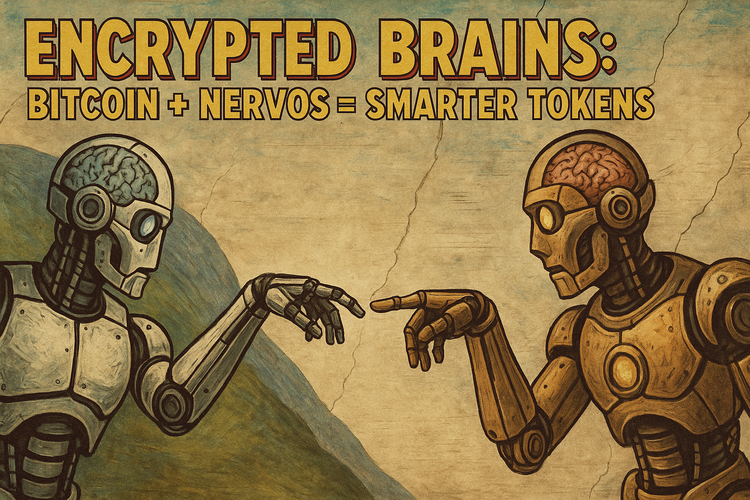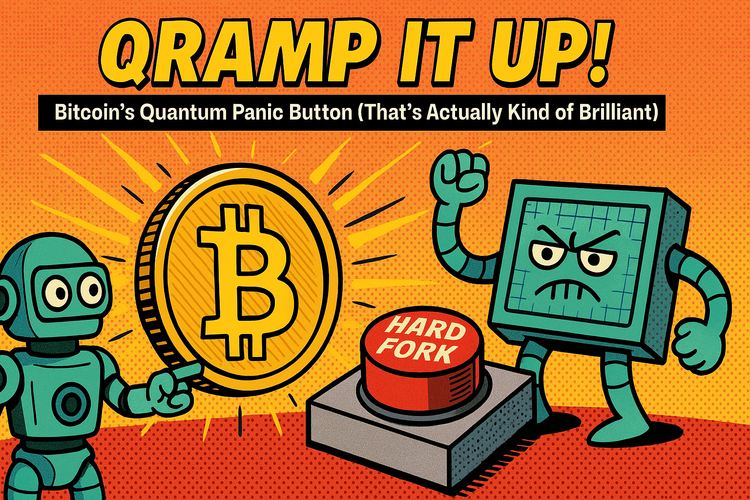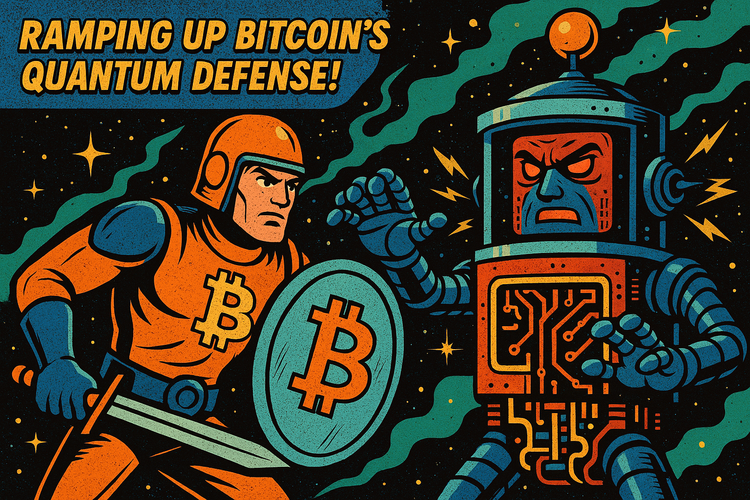Bitcoin Mining: A Wild Ride of Luck, Fees, and Future Shocks

Alright, crypto cowboys and cowgirls, let's wrangle some Bitcoin mining facts! 🤠⛏️
Mining Bitcoin? Welcome to the Digital Gold Rush
So, you wanna mine Bitcoin? Think of it like gold mining—except instead of pickaxes, you’ve got ASICs, and instead of dirt, you’re shoveling through complex cryptographic puzzles. ⚡💰
Here’s the kicker: unlike gold, there’s no way to prospect before investing. Finding a block is completely random, like rolling digital dice and praying for a jackpot. 🎲 And with only 144 blocks a day, you better have a mountain of hash power—or your mining rig will be running on nothing but hope and electricity bills. 🎢💸
Enter Pool Mining: Strength in Numbers 🤝
Mining solo? That’s like playing the lottery with one ticket. Not ideal.
Pool mining is like joining forces with hundreds of miners—instead of waiting a year to find a single block, you share the rewards every time someone in the pool strikes gold. Bills get paid on time, and you don’t have to cross your fingers every day. Sounds perfect, right? Not so fast. 🚦
The Luck Problem 🍀
Even in a pool, payouts aren’t guaranteed.
- If a pool expected to find 500 blocks a year but only found 480, their luck factor was 96%.
- If they found 520 blocks, luck was 104%.
- The bigger the swings, the more unpredictable your payouts.
Pool mining helps, but luck still plays a role in your earnings. That’s where FPPS (Full Pay Per Share) comes in. Think of it as Bitcoin mining insurance—you get steady payouts based on expected rewards, regardless of how lucky (or unlucky) the pool is. 🛡️
FPPS: A Safe Bet… At a Price 💰
FPPS pools guarantee stability, but guess what? Nothing in crypto is free.
- Pools take all the risk (if they hit a dry spell, they still have to pay miners).
- To cover this, they charge higher fees.
- If transaction fees skyrocket, miners don’t benefit—the pool pockets the extra. 🚨
It’s like paying for an all-you-can-eat buffet, but someone else decides how much food you actually get. 🍽️
FPPS: A Ticking Time Bomb? 💣
FPPS works now, but here’s the problem: every Bitcoin halving cuts block rewards in half, making transaction fees a bigger part of miner revenue. That means:
- FPPS pools need huge reserves to survive bad luck streaks.
- Higher risk = higher fees for miners.
- At some point, miners may abandon FPPS as fees become unbearable.
In other words, FPPS might implode under its own weight.
The Future: Is PPLNS Making a Comeback? 🔄
With FPPS fees climbing, PPLNS (Pay Per Last N Shares) pools might look more attractive.
- Miners only get paid when the pool finds a block.
- No guaranteed payouts, but lower fees.
- Riskier, but more profitable long-term. 🚀
As big players like energy companies enter the mining game, we’ll likely see new risk management tools—maybe even hybrid payout models. Innovation is coming.
Bottom Line: Adapt or Get Left Behind
Bitcoin mining isn’t for the faint of heart. 💼 It’s a blend of tech, luck, and financial strategy.
- FPPS pools won’t last forever—as fees rise, miners will seek alternatives.
- New payment models and risk hedging tools are on the horizon.
- Miners who stay ahead of the curve will thrive. 🚀
The FPPS party might be winding down, but the Bitcoin mining adventure is just getting started! 🎉

Disclaimer
*The information and analysis provided in this article are intended for educational and informational purposes only and should not be considered as financial, investment, or professional advice. While our team strives to ensure the accuracy and reliability of the content, we make no representations or warranties of any kind, express or implied, about the completeness, accuracy, reliability, suitability, or availability of the information presented.
The content within this article may include opinions and forward-looking statements that involve risks and uncertainties. The blockchain and cryptocurrency markets are highly volatile, and past performance is not indicative of future results. Any reliance you place on the information presented is strictly at your own risk. Before making any investment decisions, we highly recommend consulting with a qualified financial advisor or conducting your own thorough research.
By accessing and using the information provided in this article, you acknowledge and agree that neither the authors, publishers, nor any other party involved in the creation or delivery of the content shall be held liable for any direct, indirect, incidental, consequential, or punitive damages, including but not limited to loss of profits, goodwill, or data, arising out of your use or inability to use the information provided or any actions you take based on the information contained within this section.*





